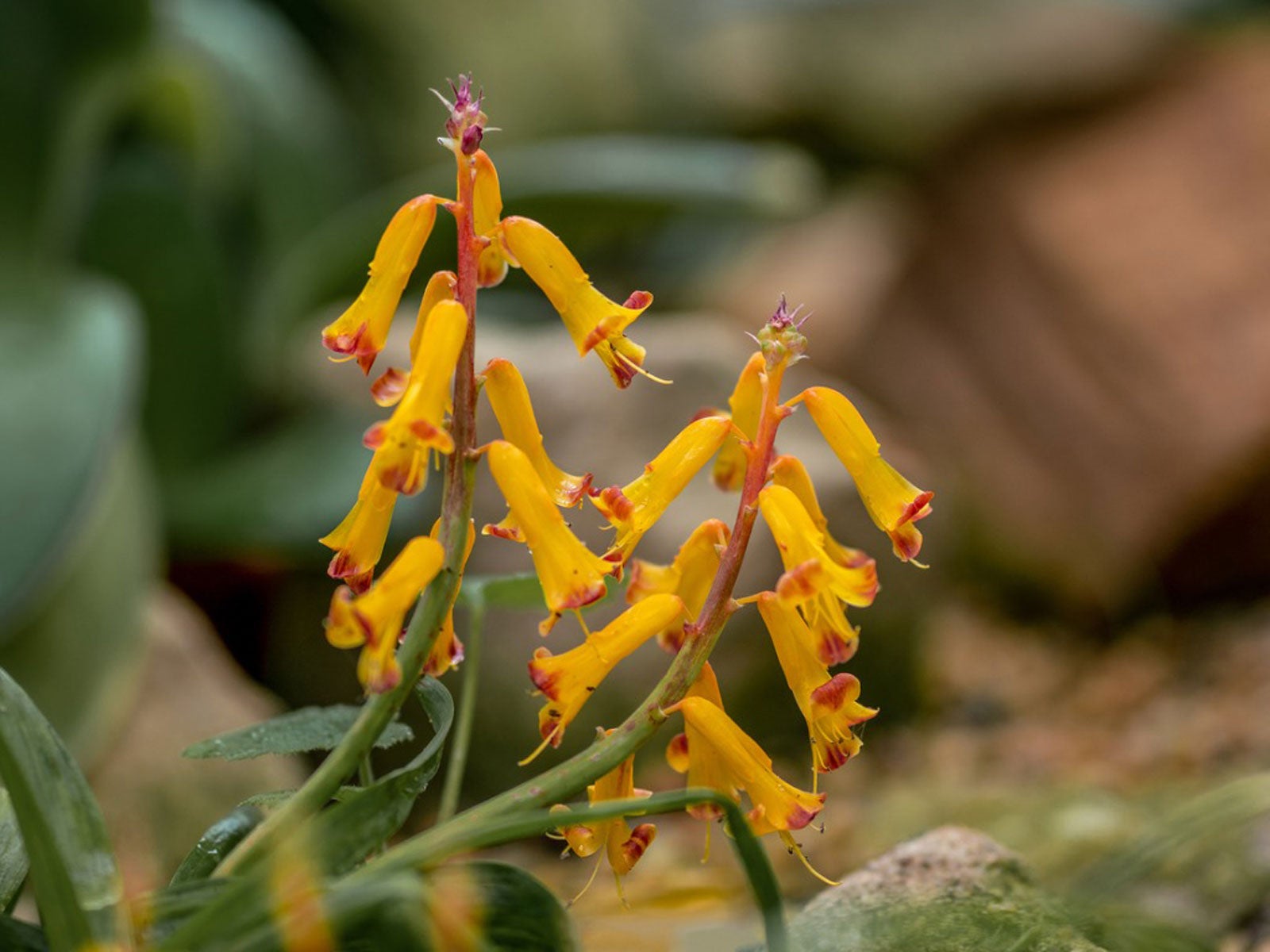Lachenalia Bulb Care – How To Plant Lachenalia Bulbs


For gardeners, the arrival of winter marks a distinct lull in activity for those living in cold regions. Snow, ice, and freezing temperatures are quick to leave growers dreaming of the next time they will be able to work the soil. Fortunately, many are able to find solace through the care of houseplants and winter blooming containers indoors.
Learning to force flower bulbs such as tulips, hyacinths, and amaryllis can be an enjoyable undertaking while the day length is short. But one lesser-known plant, called the Lachenalia, is another winter blooming flower that may be an ideal addition to your indoor collection.
What is Lachenalia?
Lachenalia plants, also known as cape cowslip, are native to South Africa. Species of Lachenalia thrive in Mediterranean climates which do not receive frost. While it is possible to grow the plant outdoors in some regions, this flower is prized for its vibrant colorful blooms which most commonly appear in midwinter. For this reason, you’ll need to grow it indoors in most places.
How to Plant Lachenalia Bulbs
Growing Lachenalia bulbs indoors is relatively simple, that is, if gardeners are able to find the bulbs. Fortunately, these plants also grow well from seed, which is frequently available online. Despite their scarcity, the bulbs are easily potted up in a container with a well-draining potting mix. After doing so, water the bulbs well and then place the pot in a cool window.
Ideally, pots should not be watered again until growth has started. Lachenalia bulb planting can also be done in a cool greenhouse, unheated sunroom, or any other space which remains frost free throughout the duration of winter.
As the plant begins to grow, Lachenalia bulb care is minimal. Though staking and fertilization are generally not required, gardeners will need to ensure that the container is not allowed to dry during active growth and flowering. Additional misting during the winter may be required in order to maintain adequate humidity.
After flowering has finished, it is likely that the bulb will return to its resting state of dormancy. Bulbs can then be saved and stored in a dry location until the following fall when they can be potted up and grown once again.
Sign up for the Gardening Know How newsletter today and receive a free copy of our e-book "How to Grow Delicious Tomatoes".

Tonya Barnett has been gardening for 13 years. Flowers are her passion. She has transformed her backyard into a cut flower garden, which she regularly chronicles on her YouTube channel http://www.youtube.com/@tonyawiththeflowers.